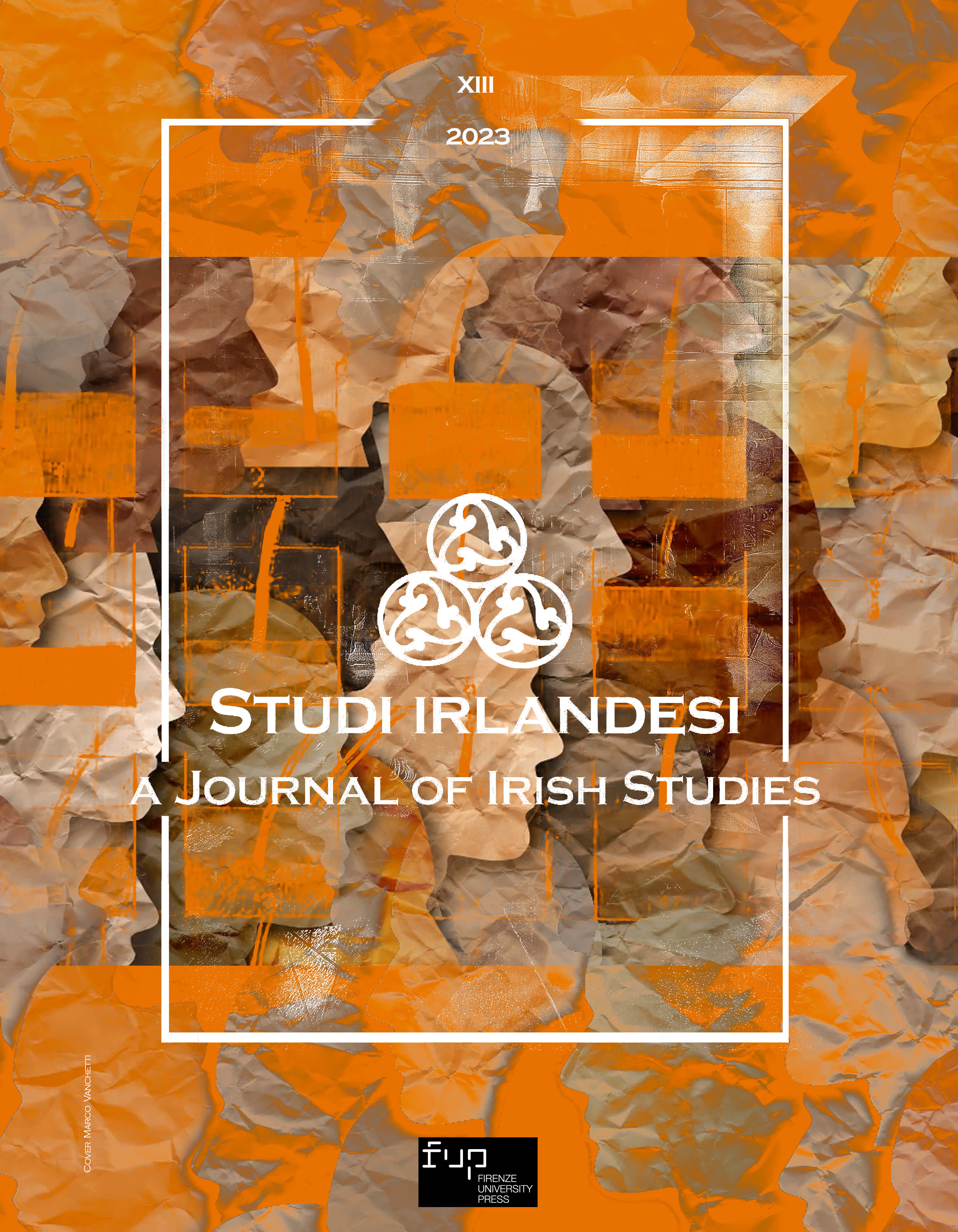Pubblicato 2023-07-31
Parole chiave
- Irish Canadian Fiction,
- Emma Donoghue,
- Narratology,
- Possible Worlds Theory,
- Room
Come citare
Copyright (c) 2023 Ahlam Ahmed Mohamed Othman

TQuesto lavoro è fornito con la licenza Creative Commons Attribuzione 4.0 Internazionale.
Abstract
Inspired by the 2008 Austrian case of Fritzl, who locked his daughter in a basement for twenty-four years, raped her repeatedly and fathered her seven children, three of whom he imprisoned with her, Emma Donoghue’s Room (2010) is not a mere retelling of the actual story of kidnap and escape. Donoghue’s fictional universe is comprised of several possible fictional worlds: a metafictional world that implicitly directs the model reader’s attention to the process of fictive composition, a “superfictional” world that takes the shape of moments of enlightenment, a “subfictional” world that houses the author’s beliefs and memories that are not in focal awareness, and a “nonfictional” world that houses the author’s repressed thoughts that are hidden. The present study aims at unraveling these possible fictional worlds in a novel the naïve reader receives as a five-year-old boy’s account of his confinement and subsequent escape to the outside world.

